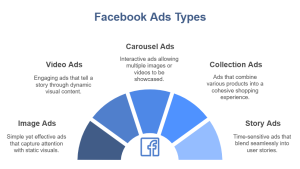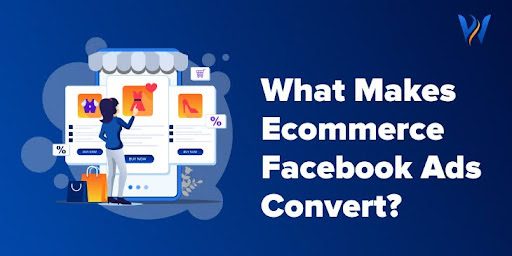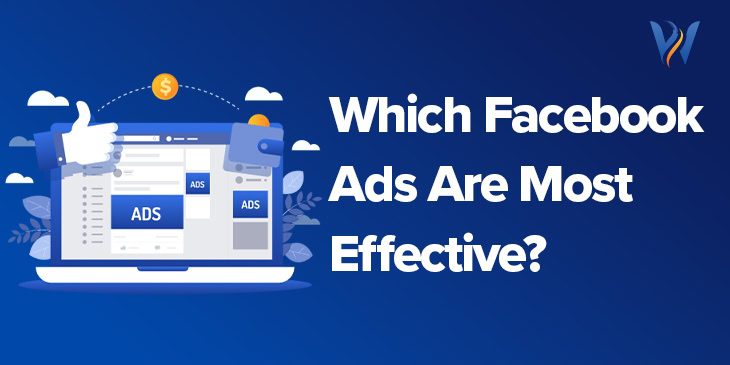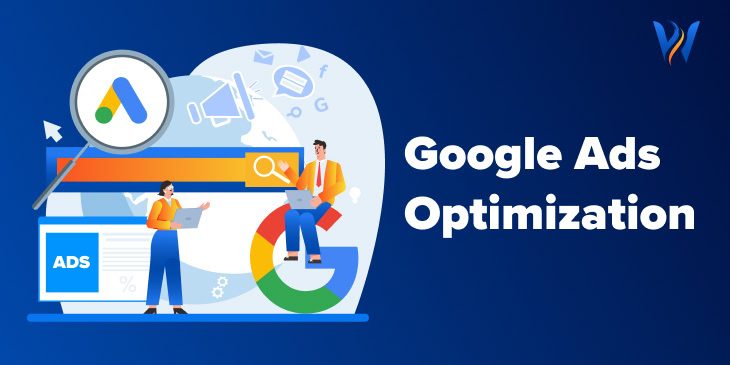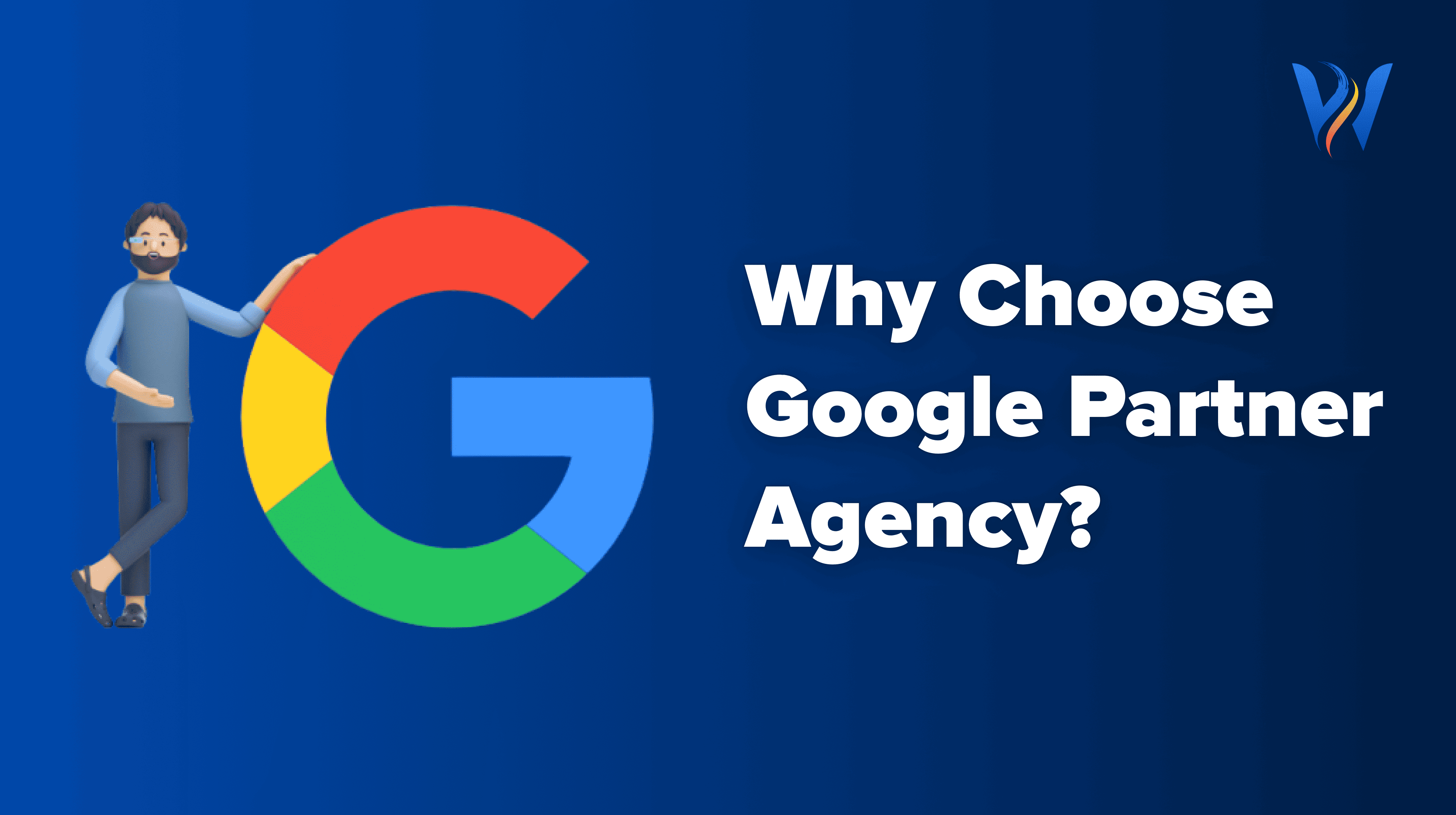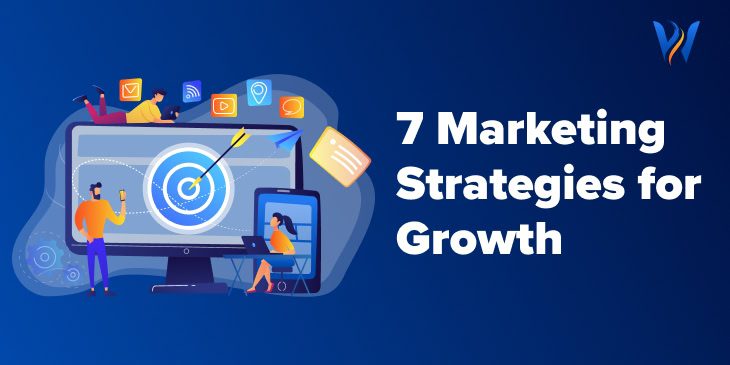In today’s competitive digital landscape, online advertising isn’t optional—it’s essential. Whether you’re a small business owner or a seasoned marketer, the decision between Google Ads vs. Facebook Ads can feel daunting. Each platform offers unique benefits and capabilities, but understanding their strengths and aligning them with your goals is key to success.
Let’s dive deep into a detailed comparison of Google Ads and Facebook Ads, exploring their features, costs, ROI potential, and use cases, so you can choose the best option for your business.
- Are Google Ads Better Than Facebook Ads for ROI?
- What are Google Ads: Types and Benefits
- What are Facebook Ads: Types and Benefits
- Key Differences: Google Ads vs. Facebook Ads
- Google Ads vs. Facebook Ads Cost
- When to Use Google Ads?
- When to Use Facebook Ads?
- Integrating Both Platforms for Maximum Impact
- Conclusion
Are Google Ads Better Than Facebook Ads for ROI?
Google Ads often deliver better ROI (Return on Investment) when your goal is to capture users actively searching for your product or service. For example, someone searching “best home security system” is likely ready to buy, making Google Ads the ideal platform.
Facebook Ads, however, are better for building awareness and engaging potential customers who may not be actively searching but are interested in what you offer. If your focus is long-term brand growth, Facebook Ads are a great choice.
What are Google Ads: Types and Benefits
Google Ads is all about intent-based advertising, where ads are shown to users who are actively looking for solutions. Here are the main types:
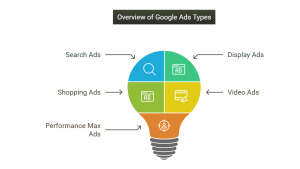
1. Search Ads
- Appear on Google’s search results page.
- Perfect for targeting high-intent users searching with keywords like “best fitness tracker.”
2. Display Ads
- Visual ads shown on websites and apps.
- Great for retargeting users or building brand awareness.
3. Shopping Ads
- Showcase product images, prices, and details directly in search results.
- Ideal for e-commerce businesses to drive product sales.
4. YouTube Ads
- Video ads displayed on YouTube.
- Effective for storytelling and product demos.
5. Performance Max Ads
- AI-driven campaigns targeting users across Google’s platforms, including Search, YouTube, Maps, and Display.
- Streamlined for businesses with broad objectives.
Benefits of Google Ads
- High Purchase Intent: Capture users actively looking for solutions.
- Massive Reach: Over 5.6 billion daily searches.
- Keyword Targeting: Connect with users based on their search queries.
- Versatile Ad Formats: Adapt to text, display, shopping, or video needs.
- Strong ROI Potential: Excellent for industries with high purchase intent.
What are Facebook Ads: Types and Benefits
Facebook Ads are ideal for social-based advertising, where users are targeted based on their interests and behaviors. These ads work across Facebook, Instagram, Messenger, and more.
1. Image Ads
- Simple, single-image ads.
- Great for showcasing products or services visually.
2. Video Ads
- Highly engaging and perfect for storytelling.
- Appear in feeds, stories, or in-stream during videos.
3. Carousel Ads
- Display multiple images or videos in a single ad.
- Ideal for promoting a range of products or features.
4. Collection Ads
- Combine videos, images, and product catalogs.
- Designed for e-commerce to encourage shopping.
5. Story Ads
- Full-screen, immersive ads on Facebook and Instagram Stories.
- Perfect for creating a strong visual impact.
Benefits of Facebook Ads
- Precise Targeting: Reach users based on demographics, interests, and behaviors.
- Creative Freedom: Use visuals and videos to engage audiences.
- Cost-Effective: Lower cost-per-click (CPC) compared to Google Ads.
- Build Brand Awareness: Nurture relationships over time.
- Diverse Placements: Advertise across Facebook, Instagram, and Messenger.
Key Differences: Google Ads vs. Facebook Ads
| Aspect | Google Ads | Facebook Ads |
|---|---|---|
| Targeting | Keyword-based; targets users actively searching for products/services. | Audience-based; uses demographics, interests, and behaviors. |
| Ad Formats | Text, display, shopping, and video ads. | Carousel, image, video, and lead ads. |
| Cost | Higher CPC but higher intent. | Lower CPC; creative visuals are key. |
| Best For | Driving immediate sales through search intent. | Building brand awareness and audience engagement. |
Google Ads vs. Facebook Ads Cost
Cost varies significantly between the platforms:
- Google Ads: The average CPC is $2.69, but industries like legal or insurance can exceed $50 per click. While costs are higher, they target users closer to making a purchase.
- Facebook Ads: The average CPC is $0.97, making it more budget-friendly for small businesses. However, it typically targets users earlier in their buying journey.
If you’re focused on affordability, Facebook Ads win. For high-intent targeting and larger sales, Google Ads are worth the investment.
When to Use Google Ads?
Google Ads are best if:
- Your product solves immediate needs (e.g., HVAC repair, online courses).
- You want fast conversions with high-intent keywords.
- You have a strong e-commerce focus (via Shopping Ads).
When to Use Facebook Ads?
Facebook Ads are ideal if:
- You’re launching a new product or targeting a niche market.
- Your goal is to build awareness and engagement.
- You have visually appealing content like videos or images.
Integrating Both Platforms for Maximum Impact
Benefits of a Combined Strategy
By combining Google Ads and Facebook Ads, businesses can:
- Expand reach to diverse audience segments.
- Reinforce messaging across multiple channels for greater brand recall.
Tips for Effective Integration:
- Align messaging and visuals across both platforms.
- Monitor performance metrics regularly to refine campaigns and allocate budgets effectively.
Conclusion
Google Ads and Facebook Ads each bring unique strengths to the table. While Google Ads excels in targeting users with immediate purchase intent, Facebook Ads shines in engaging audiences through creative visuals and interest-based targeting.
Ultimately, the choice depends on your business goals, target audience, and budget. To maximize results, consider integrating both platforms for a well-rounded advertising strategy.
If you’re unsure which platform suits your needs, consult with a digital marketing expert to craft a tailored advertising plan.


